
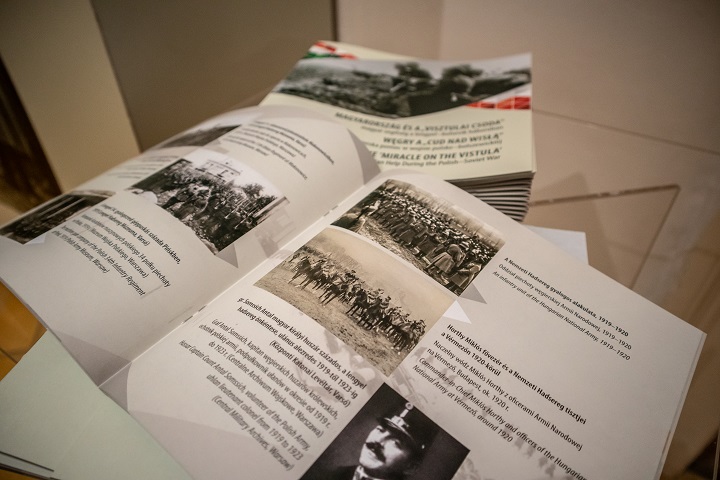
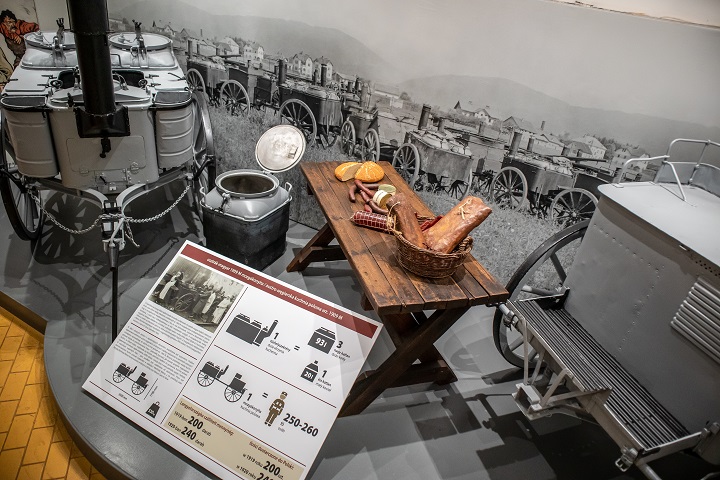
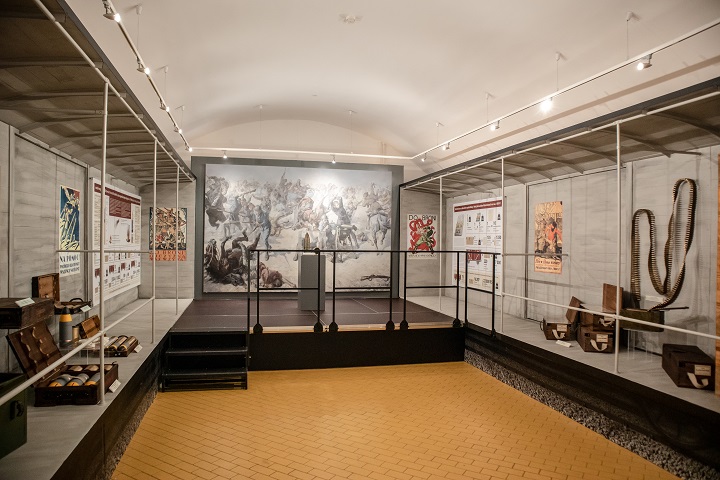
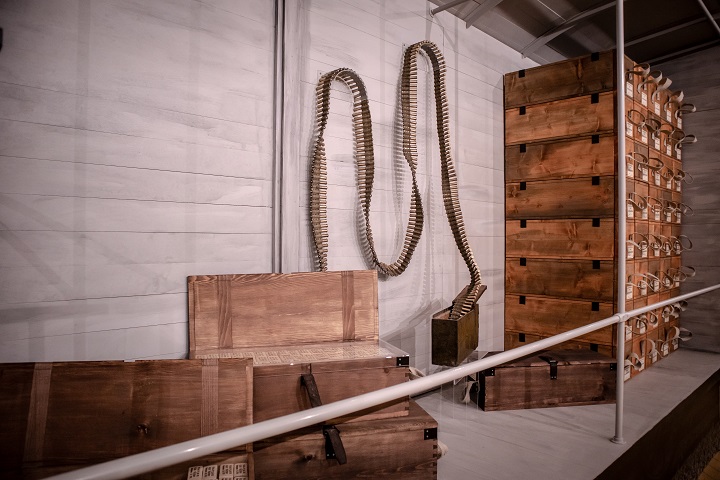
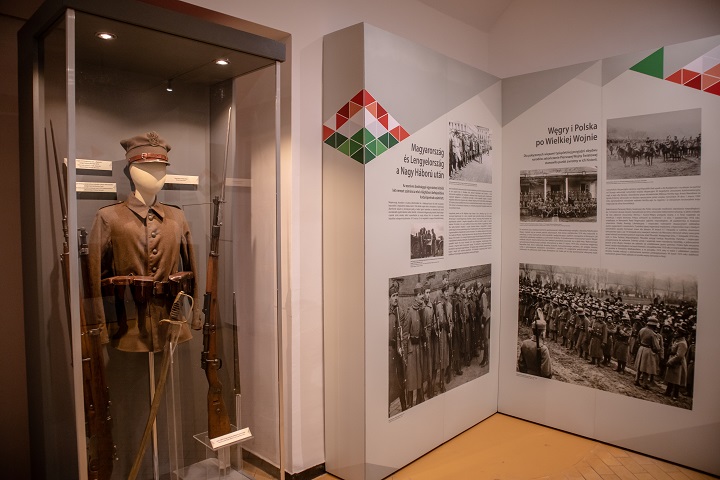


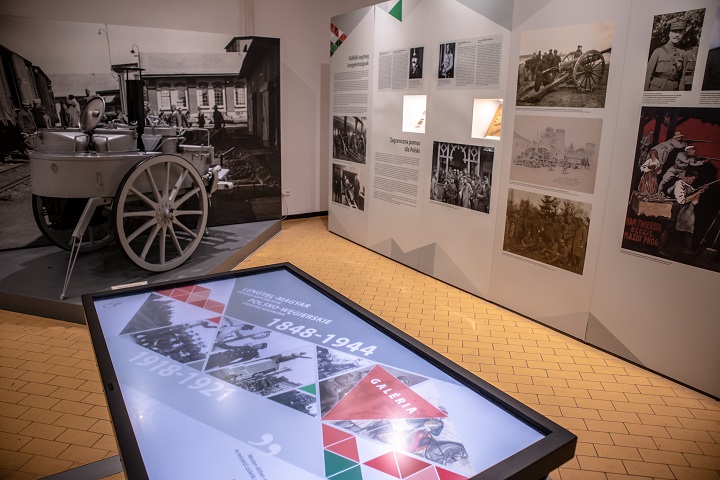

The exhibition – made with collaboration between the Museum of the Polish Army and the Polish Institute in Budapest – evokes a less known moment of the thousand years old friendship between the Polish and Hungarian nations. Hundred years ago the defeated, militarily and economically devastated and mutilated Hungary – despite its difficult situation – supported the Polish fighting for their survival in the life-and-death struggle during their war against the Bolsheviks.
Poland gained its independency in 11th November 1918 after 123 years, but to establish their borders and to unify the Polish inhabited territories, they had to take their arms. However Poland had significant lacks in military equipment and, due to the boycotts of the working-class movements, the entente-aid was only able to arrive with difficulties. From the beginning the Hungarian nation supported the Polish in their fight. The first shipment of equipment already departed in November 1918 from Kassa, and near to Krakow the Hungarian Legion was established from volunteers. From February 1919 Poland had to face a new enemy on the east, Soviet Russia, which wanted to re-conquer the once tsarist territories and to export the revolutionist movement. As the military operations proven indecisive on both sides, the Hungarian aid gained increased value; from the spring of 1920 Hungarian made ordnance, rifle- and artillery munitions, rolling kitchens, camp bakeries helped the Polish in their fights. As the soviets gained superior numbers on the fields, they launched an overwhelming attack on the summer of 1920, which left the Polish defenders 20 km-s from Warsaw with only few days’ worth of munitions. At that time arrived the ammunition shipment from Csepel, with which they were able to turn the outcome of the war at Warsaw. This was the “Miracle of the Vistula”, after which munitions was sent from Hungary for months into Poland –despite the prohibition of the peace-order of Trianon.
The first room exhibits the parallel history of the two nations, the hardships of the first years after the war, the moments of the Polish-Bolshevik War, the foreign aid during said conflict, the state of the Hungarian armaments industry and the course of the shipments, and finally the Battle of Warsaw. The pictures and posters from the Museum of the Polish Army are supplemented by in Hungary seldom displayed artefacts, a contemporary Polish uniform, arms, badges and medals.
The second room of the exhibition concentrates on the ordnance and equipment sent to Poland from Hungary in an interior revoking the railway transports. About the traits, history and the transportation to Poland of the 1909 M rolling kitchen, of the cooking-tin, of the 8 and 10 cm grenade-shrapnel and of the rifle ammunition colourful info graphics give informations to the visitors.



